Projecting your screen
by Volker Weber
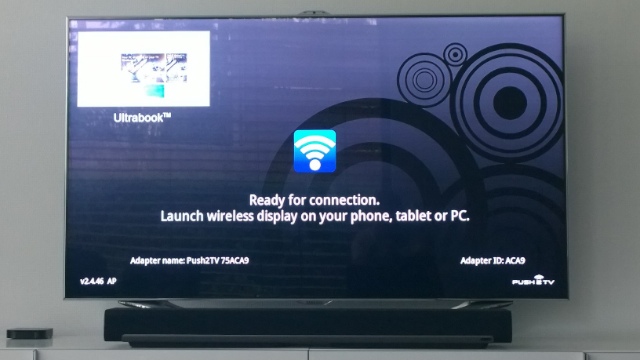
Public speaking often requires a presentation to be projected on a large screen. And believe it or not, we are still using ancient VGA adapters. HDMI would be a logical choice but I rarely ever see it used. I have seen it often in small conference rooms where you just throw a cable to the TV on the wall, but not in large venues.
If cable length is an issue, the obvious thing to do is to move the HDMI hardware close to the projector. For Apple devices this could be an Apple TV. However, as it stands, you need to have Wifi access from your computer and your Apple TV to an existing network. You cannot just connect to it directly. (This is about to change with iOS 8, I believe.)
As I was visiting a Microsoft briefing last week, one of the speakers showed his Windows Phone screen through a USB connection and his PC. We got to talk later about my inability to use Windows Phone, Surface or Lumia 2520 in real world large scenarios and I learned about the Netgear Push2TV PTV3000 Miracast adapter. I asked Netgear to send me one and it arrived today.
It's quite tiny and I slapped it to the back of my TV screen. One connection to HDMI, one to USB, and BANG, it was working. Could not be simpler. When you switch the TV to the correct HDMI source, you can see the Netgear Connect screen where it instructs you how to connect.
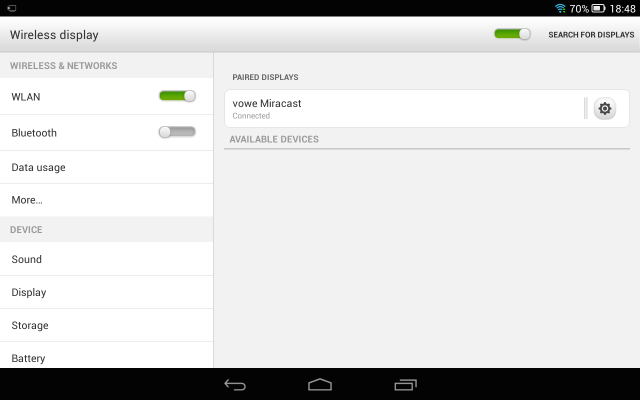
First thing I tried was Android. Both the Samsung S4 running Android 4.4 and the Lenovo Yoga Tab on Android 4.2 connected without any issues. The device connects via Wifi without any further setup and mirrors the display.
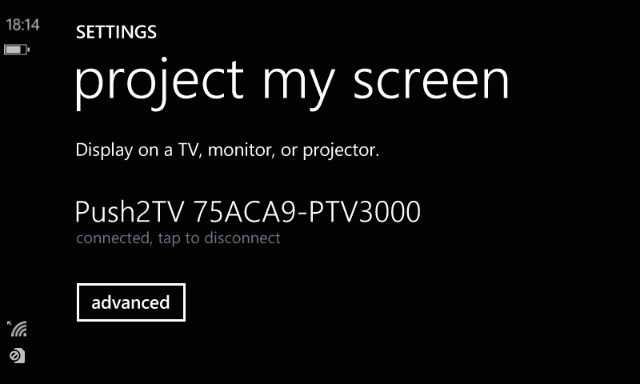
Next thing I tried was Windows Phone. The Lumia 630 running Windows Phone 8.1 worked as well. You select Project My Screen from Settings, select the Miracast device and off you go. Works just as well as with Android. Both my 1020 and 1520 do not offer me a connection to a wireless display.
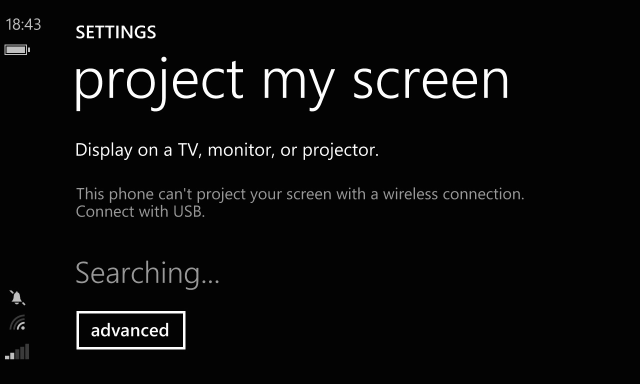
This may or may not get resolved when Microsoft issues the Nokia Cyan update, depending on the device since this feature has to be supported in hardware. My guess is that 1520 will work and 1020 will not.
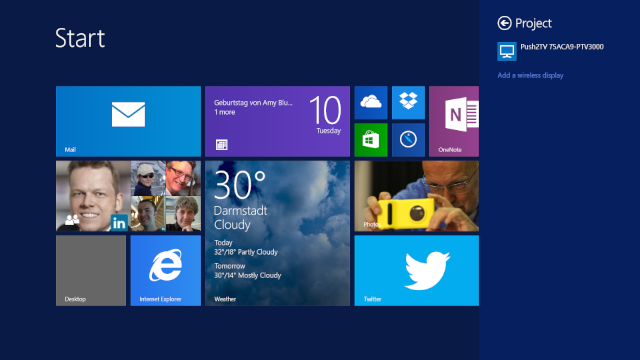
Now things get tricky. Windows 8.1 is supposed to work with Miracast, but there is a chipset and drivers issue. Read all about it here. The Lumia 2520 would be able to connect, but it would drop the connection quickly after any real workload was applied. I could not watch a single video. My old Surface RT would not even see Netgear device.
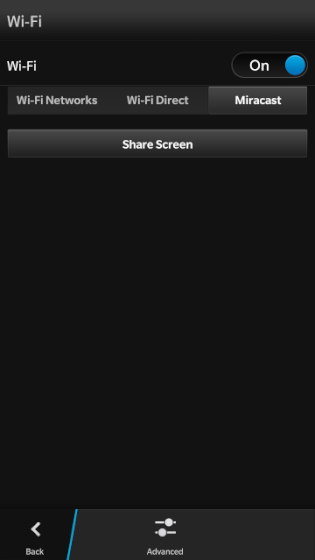
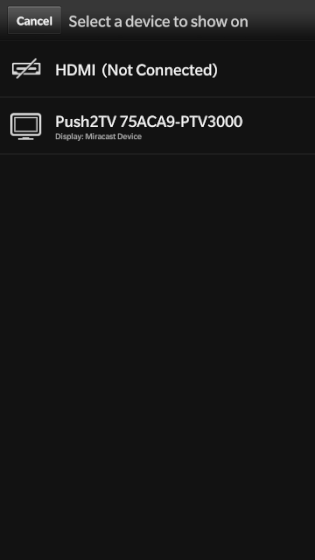
BlackBerry Z30 also has Miracast support. Works out of the box with no issues.
This is a developing story.
Comments
OS X Yosemite allows direct mirroring via Lightning. Just connect your iOS device (could also be iOS 7!) to your Mac and start a QuickTime Movie Recording. You'll get the iOS device as a source to choose from.
That is a different use case. What I am talking about is "connect to an Apple TV without having to join the network".
"connect to an Apple TV without having to join the network" ... this can boost the use of Apple TV in business a lot.
-> No Security issues to connect an Apple TV to a network
-> No technical trouble to find a way to add it to the WLAN
-> And if you can switch fast and easy between devices (which I expect) than it's much more convinient than handing over a cable to the next presenter.
Thanks a lot for testing it out, very much appreciated.
1520 can so this as well. I suppose you are using Dev Preview and this is just lacking specific Nokia drivers. Looking forward to this feature, too, as customers are demanding it.

